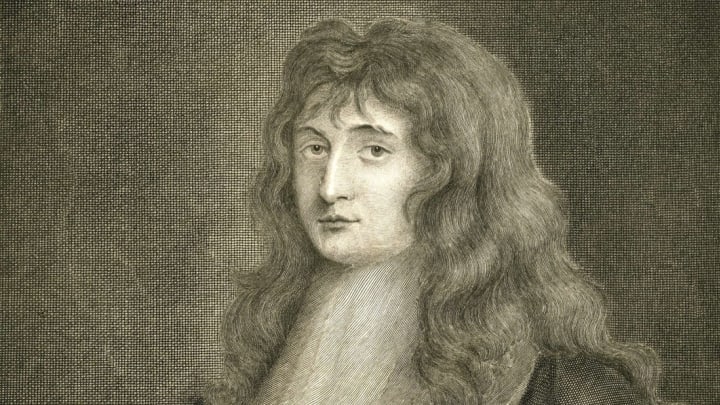After spending London’s 1665 outbreak of the bubonic plague at his parents’ estate, Isaac Newton returned to the University of Cambridge in 1667 and began to study the disease that had forced him into (a very productive) quarantine.
In two unpublished pages of notes that are currently up for auction at Bonhams, Newton details causes, symptoms, and cures for the plague, including a revolting remedy that involves both animal cruelty and toad puke. First, you have to hang a toad by its legs in a chimney for three days, after which it will “[vomit] up earth with various insects in it” and die. Then, you pulverize the dried toad into a powder and combine it with the puke, which you form into “lozenges” to be “worn about the affected area.” This will “[drive] away the contagion and [draw] out the poison.”

While the antidote seems more like something you’d find in a fairytale than in the journal of one of history’s most celebrated scientists, it wasn’t considered odd at the time—in fact, it wasn’t even Newton’s idea. A number of 16th- and 17th-century physicians believed dried toads were a viable cure for the plague, and Newton’s notes on the matter were based on De Peste (or On Plague), a book by Belgian physician Jan Baptist van Helmont.
In Martha R. Baldwin’s article “Toads and Plague: Amulet Therapy in Seventeenth-Century Medicine,” published in a 1993 issue of the Bulletin of the History of Medicine, she explains van Helmont’s theory that if you placed an amulet made from dried toad near the infection, the creature’s innate fear of humans would latch onto the life force of the plague and extinguish it [PDF].
For especially squeamish plague victims, there were a few other options. As Smithsonian.com reports, Newton also recommended amulets made from sapphire, amber, or “hyacynth” (which might be the stone jacinth), though he did specify that the toad treatment was “the best.”
Powdered toad wasn’t just used as a plague cure, either; during the 1700s, doctors prescribed it in pill form to alleviate asthma convulsions. Find out more about that—and 16 other bizarre remedies from the 18th century—here.
[h/t Smithsonian Magazine]
